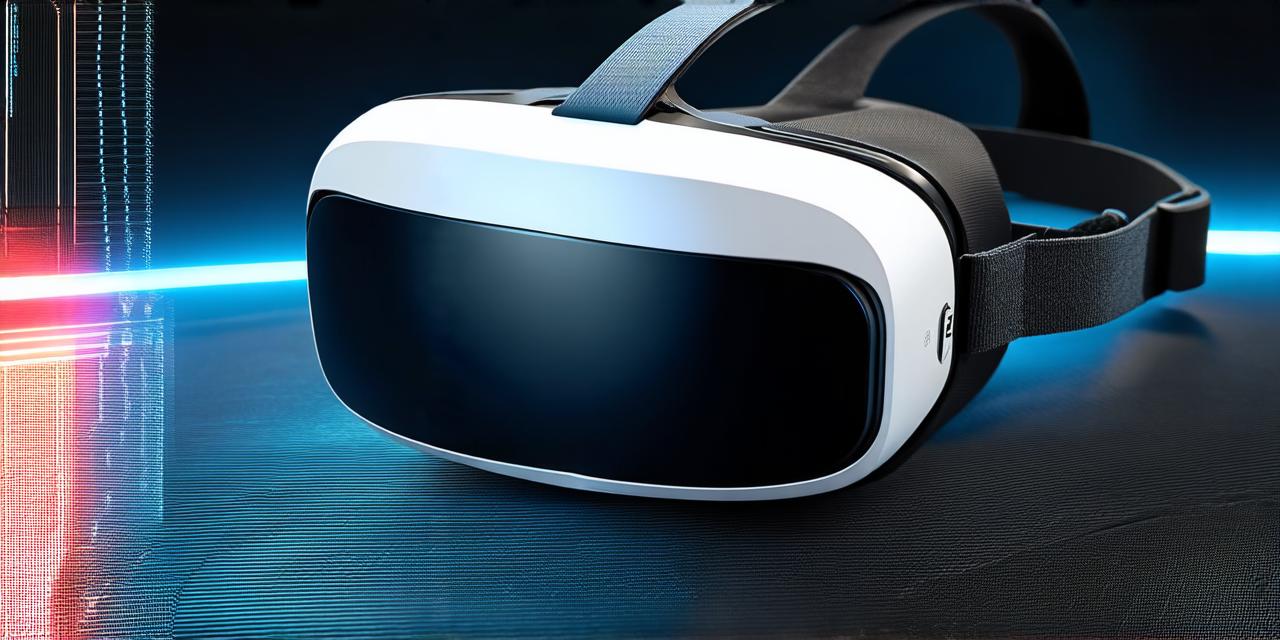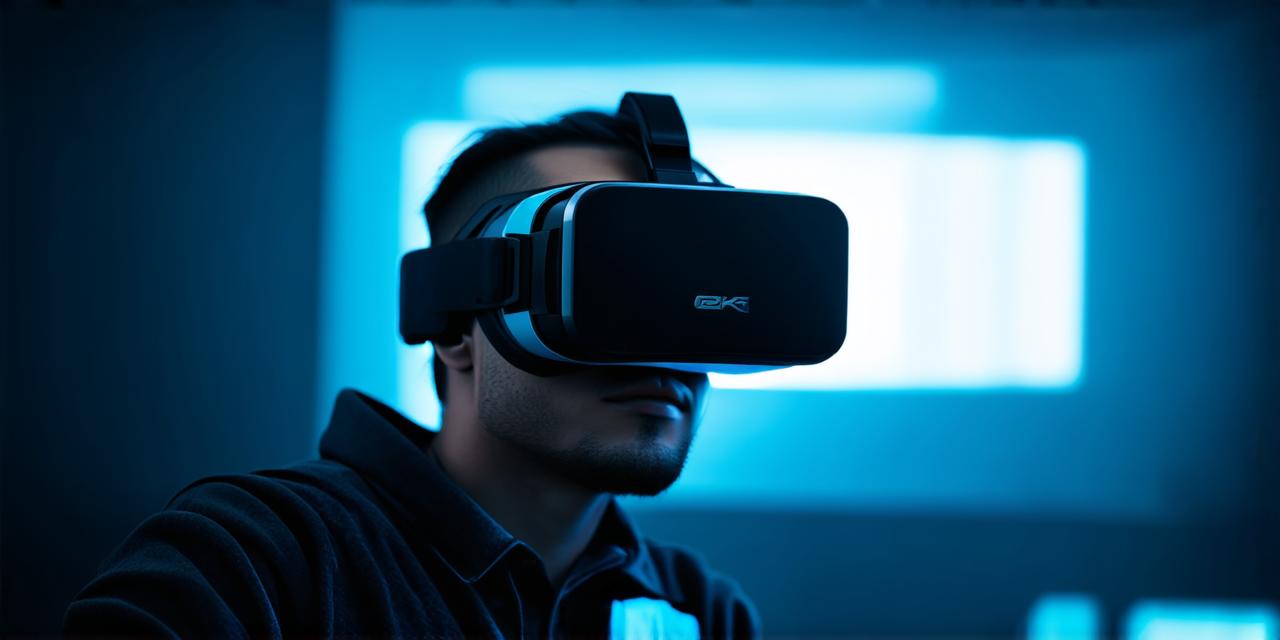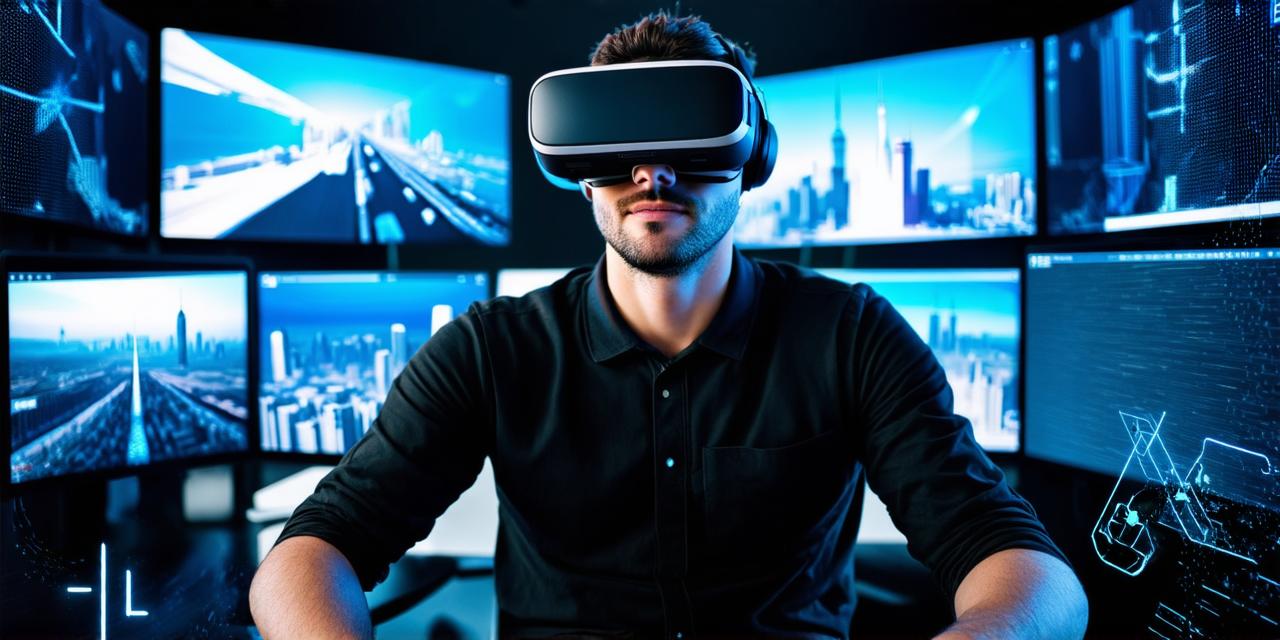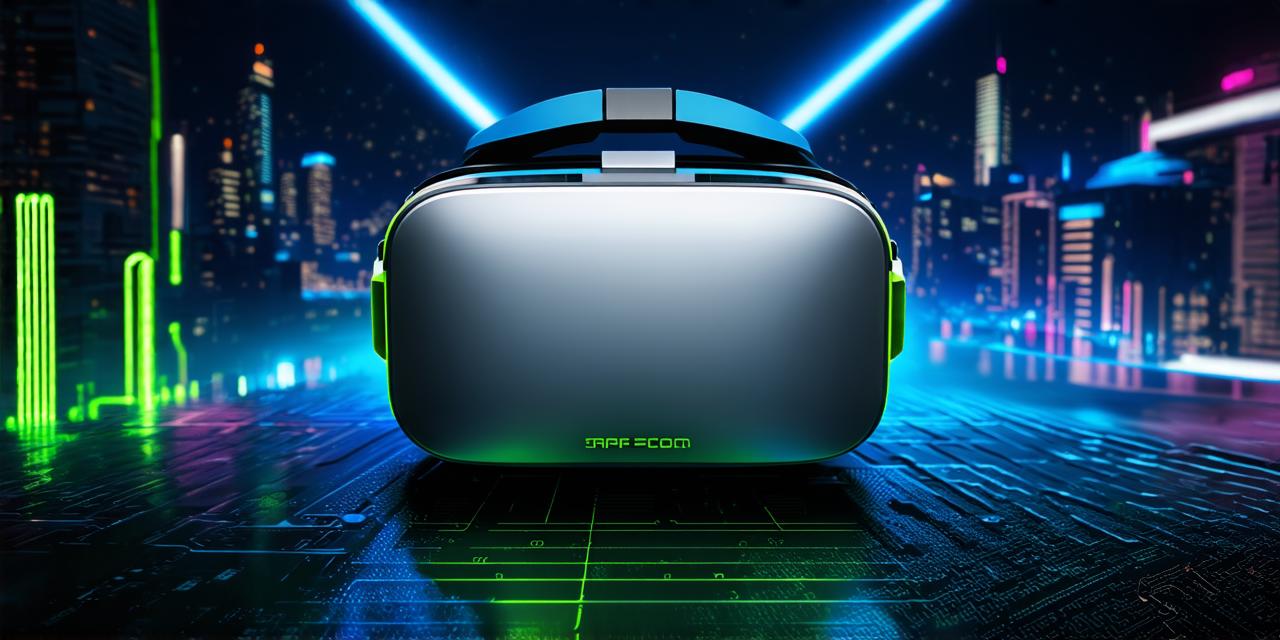Virtual reality (VR) is a rapidly growing technology that has been gaining popularity in recent years. It offers a unique and immersive experience that allows users to feel as if they are in a different world. But what is the cost of virtual reality? In this article, we will explore the various costs associated with VR, including hardware, software, and maintenance.
Hardware Costs
One of the most significant costs associated with virtual reality is the hardware required to run it. The two main types of VR hardware are headsets and controllers. There are several different options available on the market, ranging from entry-level to high-end devices.
Entry-level VR headsets such as the Oculus Quest 2 typically cost around $299, while mid-range devices like the HTC Vive Pro Eye can set you back by around $800. High-end devices like the HP Reverb G2 can cost upwards of $1,500. In addition to the headset, you will also need controllers, which typically cost around $99 each.
Software Costs
The cost of virtual reality software varies depending on the type of software and its intended use. There are several different types of VR software, including games, simulations, and educational applications.
Games are one of the most popular types of VR software and can range in price from free to $60 or more for a single game. Simulations and educational applications typically cost more than games, with prices ranging from several hundred dollars to tens of thousands of dollars.
Maintenance Costs
Maintaining virtual reality hardware can be expensive, as it requires regular cleaning and updates to ensure optimal performance. The cost of maintenance will depend on the type of hardware and its intended use. For example, high-end VR devices may require more frequent cleaning and upgrades than entry-level devices.
In addition to hardware maintenance, software updates can also be expensive. Developers need to continually update their software to keep it compatible with new hardware and to fix bugs and improve performance. This can result in higher costs for users.
Case Study: Virtual Reality in Healthcare
One of the most promising applications of virtual reality is in healthcare. VR has been used to treat a range of conditions, including PTSD, anxiety disorders, and chronic pain.
In one study published in the Journal of Medical Internet Research, researchers found that virtual reality exposure was effective in reducing symptoms of PTSD in veterans. The study found that participants who underwent virtual reality exposure had a significant reduction in symptoms compared to those who did not receive any treatment.
The cost of using virtual reality in healthcare is still relatively high, but as the technology becomes more widespread, we can expect costs to come down. Additionally, the benefits of using VR in healthcare are significant, making it an attractive option for patients and healthcare providers alike.
Expert Opinion: “Virtual Reality is Here to Stay”
According to Dr. Peter L. Ellis, a professor of Computer Science at the University of Maryland, virtual reality is here to stay. He believes that the technology has the potential to revolutionize the way we interact with the world around us.
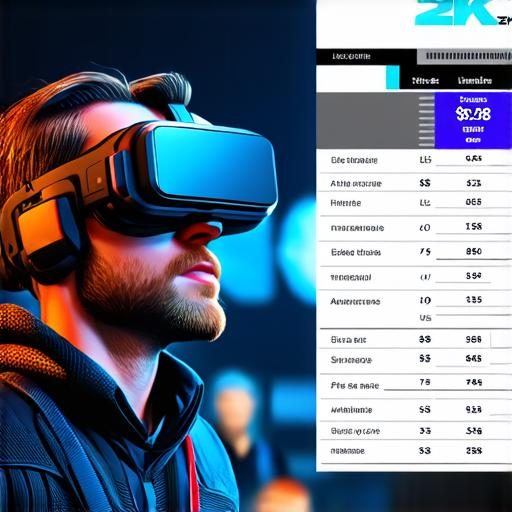
“Virtual reality is not just a novelty; it’s a powerful tool that has the potential to change the way we live and work,” Dr. Ellis said. “As the technology continues to evolve, we can expect to see more and more applications in fields like healthcare, education, and entertainment.”
FAQs
1. What is the cost of a VR headset?
The cost of a VR headset depends on the type of device and its intended use. Entry-level devices like the Oculus Quest 2 typically cost around $299, while high-end devices like the HP Reverb G2 can cost upwards of $1,500.
2. What is the cost of VR software?
The cost of VR software varies depending on the type of software and its intended use. Games are one of the most popular types of VR software and can range in price from free to $60 or more for a single game. Simulations and educational applications typically cost more than games, with prices ranging from several hundred dollars to tens of thousands of dollars.
3. What is the cost of maintaining VR hardware?
The cost of maintaining VR hardware depends on the type of device and its intended use. High-end devices may require more frequent cleaning and upgrades than entry-level devices, resulting in higher maintenance costs.
4. What are the benefits of using VR in healthcare?
Virtual reality has been used to treat a range of conditions, including PTSD, anxiety disorders, and chronic pain. It offers a safe and controlled environment for patients to confront their fears and reduce symptoms. Additionally, virtual reality can be used to simulate real-world situations, providing valuable training for medical professionals.
Summary
The cost of virtual reality is complex and multifaceted, with hardware, software, and maintenance costs all playing a role. However, as the technology continues to evolve, we can expect costs to come down and the benefits of using VR to become more widespread. Virtual reality has already shown promise in fields like healthcare and education, and its potential for revolutionizing the way we interact with the world around us is exciting.
